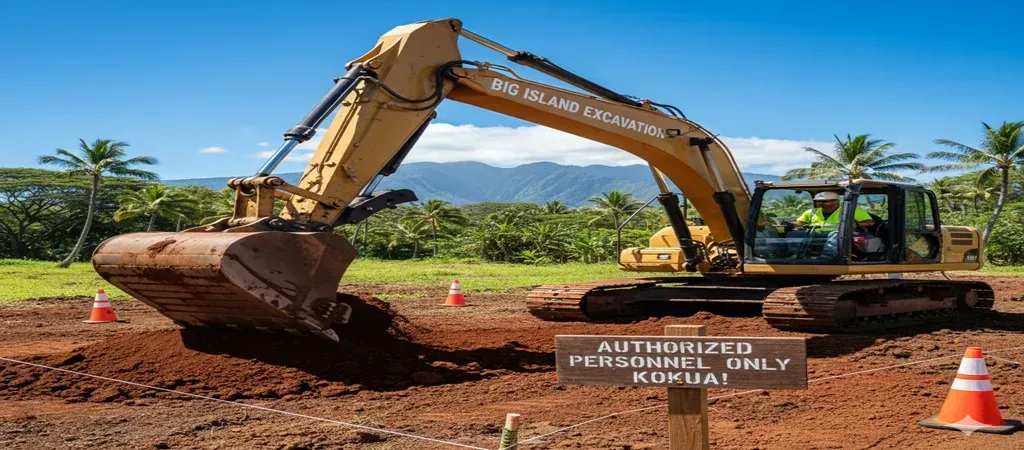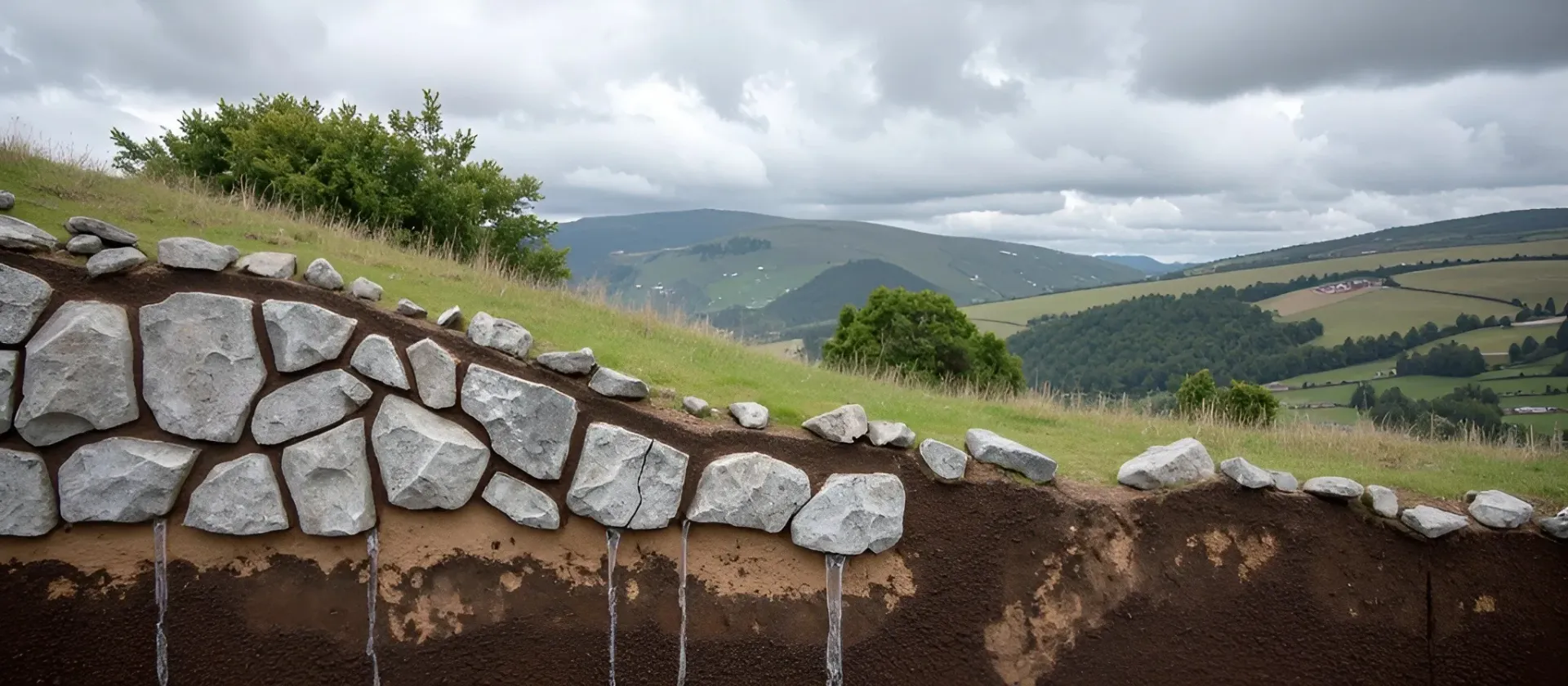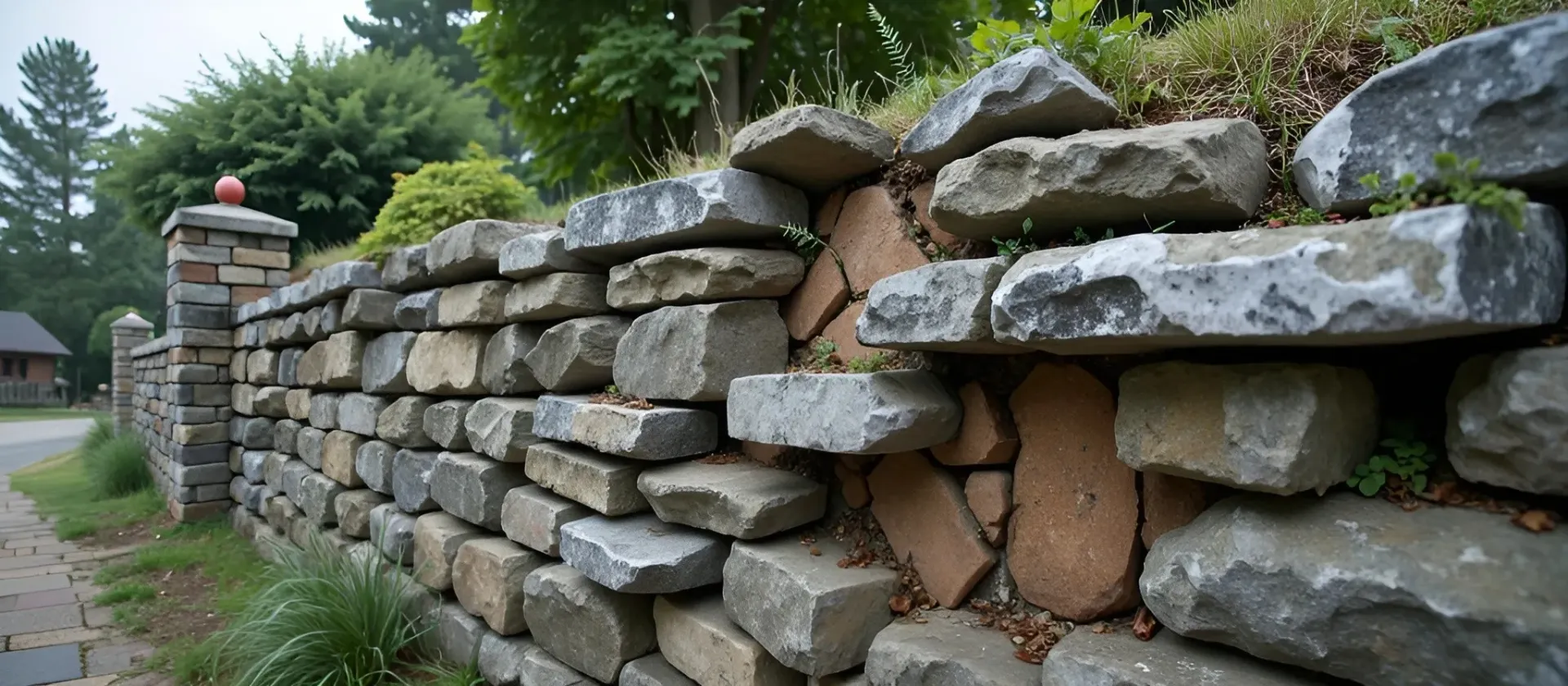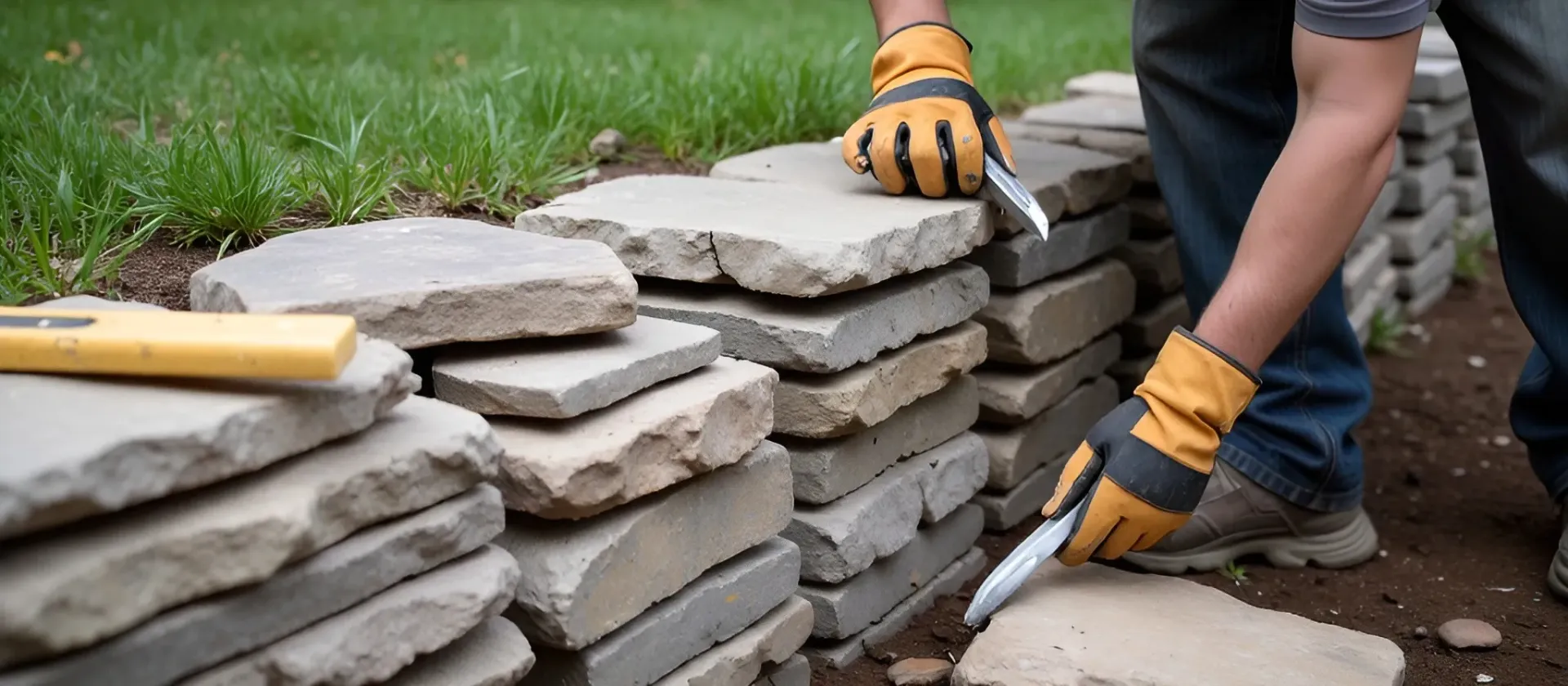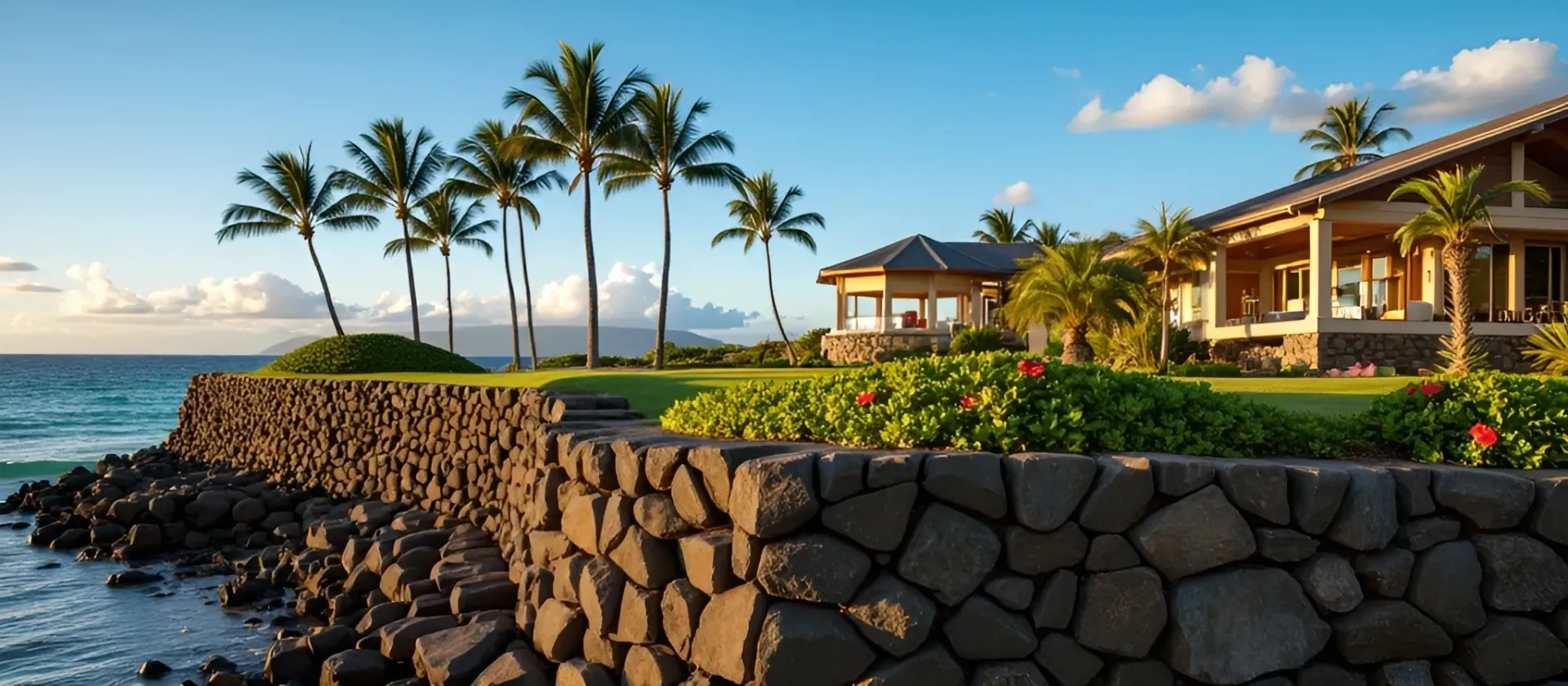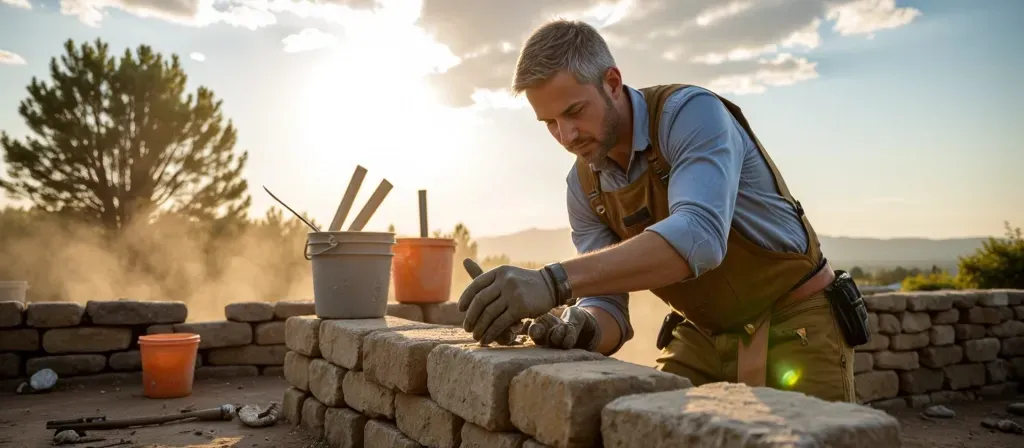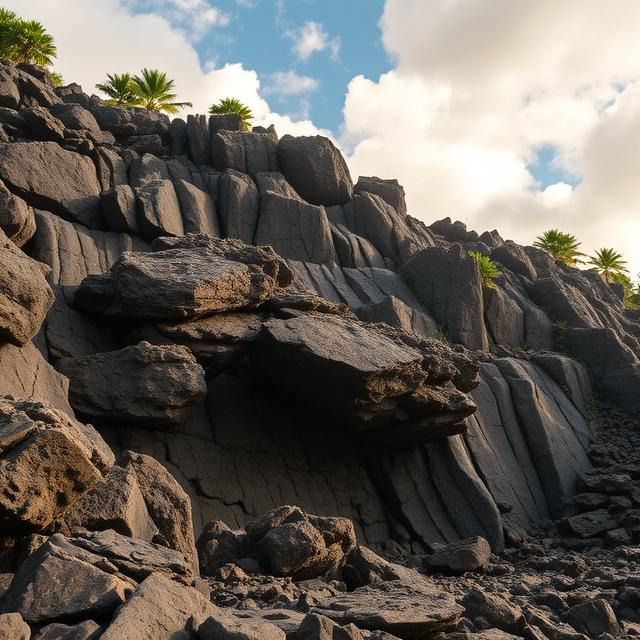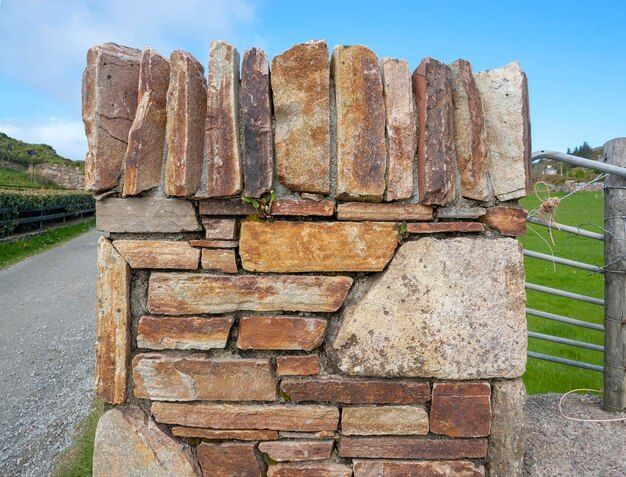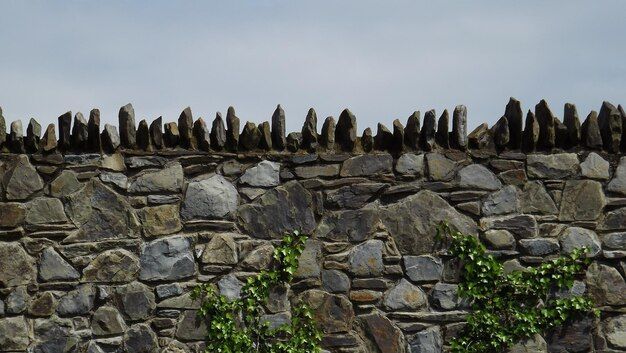The Role of Vegetation in Strengthening or Weakening Rock Walls
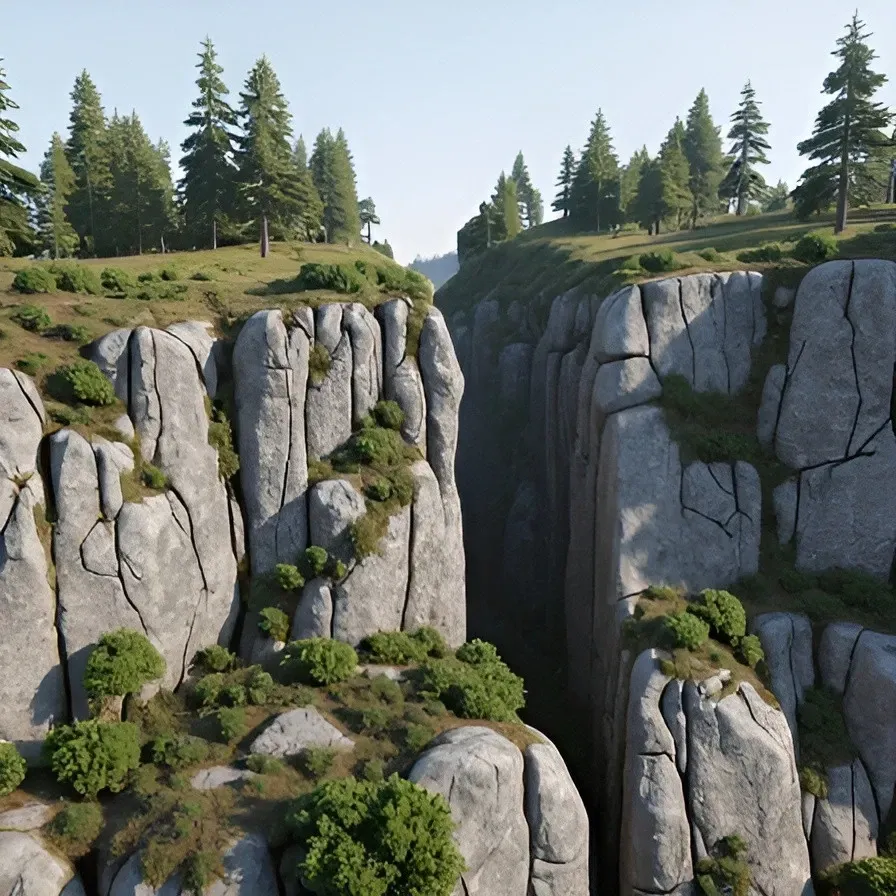
Whether formed by nature or constructed by humans, rock walls play a vital role in shaping and supporting many landscapes. They have been used in buildings for centuries due to their excellent retaining abilities and visual appeal.
Once vegetation is added, visual attraction is vastly improved. But do these plants, shrubs, and other botanical species strengthen or weaken the wall? That’s the question we are aiming to answer in this blog.
How Vegetation Strengthens Rock Walls
Under certain environmental and geological conditions, vegetation can contribute positively to the stability of rock walls. It can do this through root reinforcement, moisture regulation, and erosion control.
Root Reinforcement
Root reinforcement means that plant roots can grow into cracks and gaps in rocks and soil. Roots, especially those of shrubs and small trees, can effectively bind loose rock and soil.
To understand the impact, think of a wall made up of stacked stones. If you push on it, some stones might fall. But if you weave strong threads through the gaps, it will become harder to pull apart. That’s exactly what roots do; they tie the pieces of rock and soil together.
A study also showed that the Factor of Safety (FOS) increases linearly as root cohesion increases. FOS is a measure of how stable a slope is. Therefore, vegetation can be a useful method of slope stabilization.
For more on how structural issues are typically addressed, check out our guide to repairing rock walls in Oahu.
Regulation of Moisture
Vegetation regulates moisture content within and around the rock walls. In humid or temperate climates, this moisture regulation can be critical in maintaining the integrity of rock walls.
Since too much water in the soil or rock cracks makes them heavy and slippery, it can cause parts of the rock wall to slide or fall. But plants take in water from the soil and the cracks in the wall. This water moves up through the plants and is released into the air through the leaves (via the transpiration process). By absorbing and releasing water, plants keep the soil and rocks lighter, which helps the wall stay in place.
Soil Development and Surface Protection
When vegetation grows on or near a rock wall, it sheds leaves, stems, and other organic matter. As time passes, this breaks down and forms soil on the rock.
This new soil layer allows more plants to grow, especially those with stabilizing roots. In turn, these roots anchor into cracks and cause root reinforcement. Not only that, stopping soil and rocks from blowing away can prevent erosion.
Learn about why rock walls are ideal for coastal properties, especially when factoring in erosion control and aesthetics.
How Vegetation Weakens Rock Walls
Despite its benefits, vegetation could also weaken rock walls through chemical weathering, mechanical damage, or by increasing the risk of sudden failures.
Mechanical Damage
This happens when roots grow thicker inside the small cracks of a rock wall. Instead of strengthening the structure, it could be damaged by widening the fractures. Eventually, the pieces of the rock could fall off, resulting in a loss of its strength.
Trees, particularly those with large and aggressive root systems, are common culprits. Over the decades, their roots can turn minor fissures into significant fractures.
Biochemical Weather
Plants are the habitat of many living things, like fungi and microbes. When these organisms produce chemicals (like acids) that react with minerals of rocks, biochemical weathering occurs. These reactions break down the rock at a molecular level, which could cause tiny cracks.
These cracks get bigger over time. Through this, water can seep in more quickly, which accelerates erosion. Resultantly, the rock loses its strength and can’t hold together anymore.
If you’re considering a project from the ground up, learn what goes into Hawaiian rock wall construction.
Toppling of Trees
When a large tree falls due to storms or certain soil conditions, it can significantly destabilize the structure. Since large trees have entangled their root system in a rock wall, they could pull off a mass of soil and rock with it. This causes voids or gaps in the wall that loosen other rocks as well.
Moreover, while the tree was standing, its roots reinforced the rocks by absorbing water. But when the tree is uprooted, the rock loses all of that support suddenly. In the end, the disturbed area becomes more prone to erosion and is more exposed to water infiltration.
Unmanaged Growth
When plants like trees, vines, or woody shrubs grow unchecked, their roots could invade cracks in the rock wall. This causes issues that were discussed in previous sections.
The thickening roots exert mechanical pressure that tears apart the rocks. Similarly, dense and climbing vegetation (like ivy or mosses) traps moisture against the rock wall. This promotes chemical weathering, particularly if the rock is porous or if the wall is mortared.
For example, Ivy can initially seem to bind and protect walls, but long term, it traps moisture, and its aerial roots infiltrate the joints. This causes structural weakness in historical buildings or retaining walls.
Interested in how materials factor into wall durability? Explore the best types of stones for long-term performance in Hawaii’s climate.
How to Balance Vegetation and Rock Wall Integrity?
Since vegetation can both help and hurt rock walls, the key is to carefully plan and maintain the structure. For example, you could pick the plants with small, fibrous roots. This will help in avoiding large roots that break rocks.
Another tip is to prune bushes, vines, and weeds regularly. Cut back anything that grows into cracks or over the wall. And remove invasive species before they spread too far.
Lastly, do not let plants trap water against the wall. Control this by clearing out moss, ivy, and other growths that hold in moisture.
And before jumping into a DIY wall project, review what you need to know before building your own rock wall to avoid common pitfalls.
Conclusion
Vegetation plays a complicated role in the stability of rock walls. It can reinforce and protect these structures through root binding, moisture regulation, and surface cover. On the other hand, it also poses risks through chemical and mechanical damage.
The solution lies in the strategic management of vegetation. By doing regular maintenance, it is possible to avail the strengths of vegetation while mitigating its potential threats.

